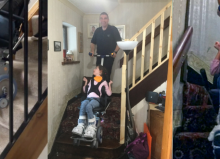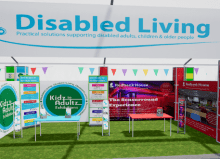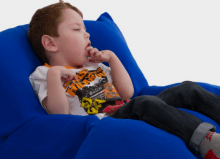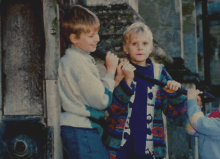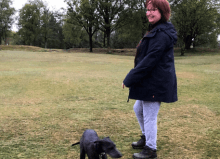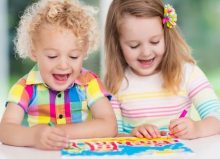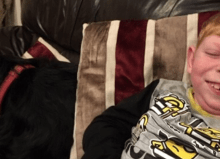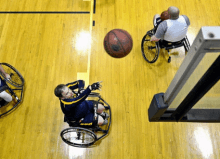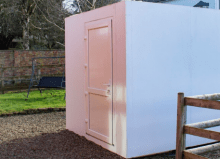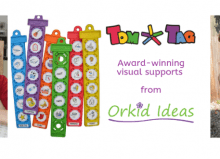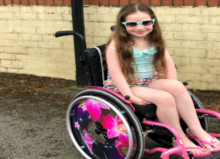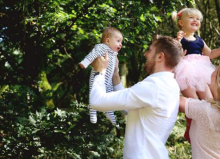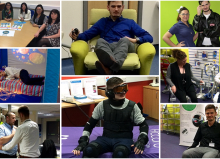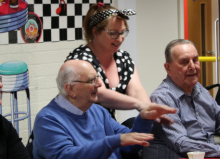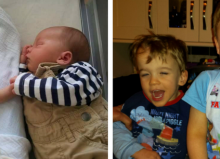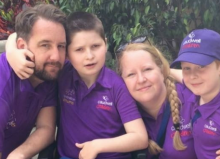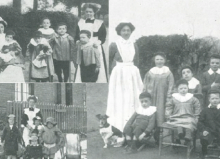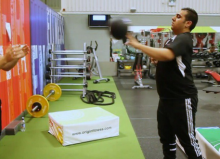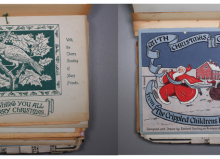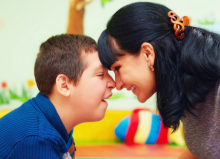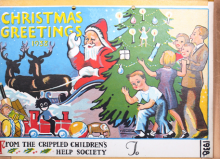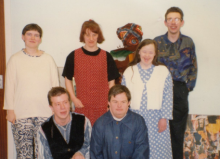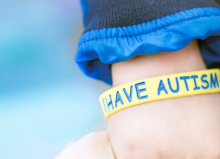6 Fun Activities to Help You Bond with Your Autistic Child
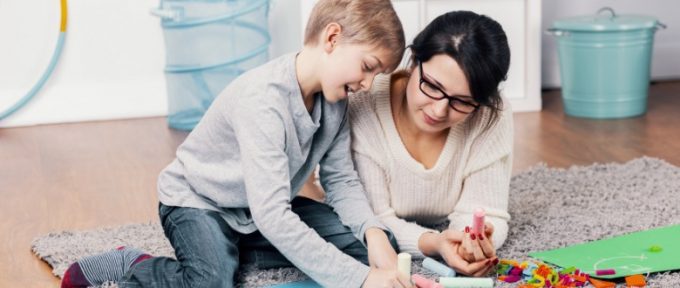
Brenda Kimble is a writer and stay-at-home mother of two daughters and a son, plus their beagle named Duke! She loves blogging, crafting, and spending time with her family. She is also a strong advocate for those with special needs and writes to give a voice to the often unheard. She shares some fun activities to help you bond with your autistic child.
One of the common challenges parents with an autistic child experience is finding an activity or hobby that can help them form a stronger bond while providing their child with a sense of accomplishment.
But the fact that autistic children do not interact with the world in the same way that neurotypical children do does not mean they are unable to form bonds. It simply means they find a different way to do so.

These six fun activities and hobbies are great, offbeat ways to spend time building a sense of trust and connection that both you and your child can enjoy.
Video Games
Today, it’s hard to find a child who doesn’t enjoy video games, and for children affected by autism, video games are especially appealing. This is due in part to the fact that video games are highly visual and structured and provide immediate feedback.
Video games can also help children on the spectrum practice social and communication skills in a safe and comfortable setting.
Minecraft, Pokémon and Mario Bros are classic games that can be played in two-player mode, so you can join in on the fun and help children connect social skills and sustained perception with the activity.
If you or your child don’t know how to play, it’s the perfect opportunity to bond over learning something together. It also gives your child something to talk about with you and others, which allows them to practice their social skills.
Art Therapy
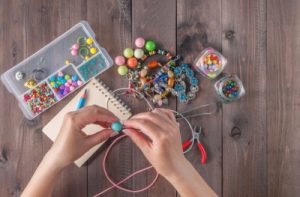
Art therapy is a form of occupational therapy that helps individuals communicate, understand and cope with the world they live in.
The art or craft you choose can be as simple or as complex as you and your child would like. It’s entirely up to you! Some autistic children enjoy working with paints and taking a child outside to paint what they see is a great way to expose them to new environments.
Beading is another excellent choice, as threading beads helps children practice their fine motor, concentration and planning skills. As your child’s interest progresses, incorporate gemstones, pearls or other standout beads to create statement pieces that your child can be proud of.
Some autistic children have an affinity for understanding how things work. If this describes your child, you may want to try making devices, such as clocks or small engines. There’s a growing community for device makers and inventors, and starting with small, uncomplicated devices can help your child develop their cognitive skills and engage in a community of individuals with similar interests.
Lego
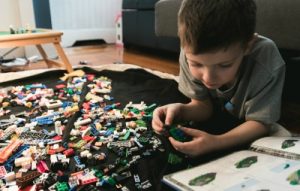
For many children and nostalgic parents, Legos aren’t just a toy. They open up a whole new world of imaginative play, creativity and possibilities. For children with autism, Legos are a form of play therapy that allows them to develop various skills at their own pace.
Legos can help your child apply their current interests, such as science fiction or a certain movie franchise, to a new medium and expose them to new challenges or changes that are outside of their calming repetitive play.
For children who become upset with change, begin slowly. Work with sets that have instructions the child can follow before beginning to show them how designs can be altered to make new creations. In this way, instead of forbidding your child to engage in their repetitive and calming activities, you are using Legos to enhance and complicate those activities while encouraging them to engage with you and not just play parallel to you.
Science Fiction/Fantasy

Sci-fi comics and novels are popular and, for people with autism, these universes can be engrossing. Autistic children engage with the stories of their favourite characters by reading graphic novels and comics and watching the movies to learn every detail–and they can even socialise with fellow fans in clubs or try out cosplay.
If these worlds appeal to your child, spend some quality time bonding with him or her by joining in. Try making costumes together, learning the details by reading the books or watching the movies together and ask your child to share their knowledge with you.
Trains
Train spotting is a popular hobby that can be very appealing for autistic children, as train schedules, numbers and specs are complicated but logical and easy for children with autism to engage with.
If you do not live near trains, try watching Thomas The Tank Engine with younger kids and playing with the associated toys and railroad track sets. The franchise is very popular with children on the spectrum, and some speculate this is because the characters are easy to associate with. The trains crash, fall and bump, and the toys can be lined up logically.
If trains do capture your child’s interest, try expanding on that interest together. Watch videos, read books or consider collecting model trains, as many model train collectors have regular meet-ups, clubs and events your child may like to participate in eventually.
Animal and Pet Care
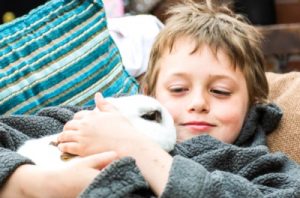
Autistic individuals often enjoy the company of animals and pets because they are less invasive and decoding their social cues requires less “work” than interacting with people. In fact, studies have even shown that, after interacting with animals, autistic children become more responsive to people and they are often more able to communicate with people in the presence of animals.
If your child has an interest in animals, use this interest as an opportunity to bond. Consider fostering animals if you have the means.
How to choose the right activity
Bonding with your child is one of the most rewarding experiences you can have, but you need to approach it in the right way. If your child is nonverbal, watch how they play and pay attention to how they try to share this with you. If your child is verbal, you can ask what they like and what they think they might like. Always try to join in where possible. Follow their lead and try to match their structure and pace of play.
You may also want to consider an activity that expands on your child’s interests. For example, if they enjoy reading, try a trip to the library. If they like baseball cards, they might like to watch a game or try out the batting cages.
However, remember to take small steps. Going from an interest in baseball cards to watching a full game may be too much for your child. Try a comfortable in-between instead, like watching an inning on TV or at a local school game.
Finally, stay relaxed and have fun. If you or your child find the activity too stressful to enjoy, take a step back and consider a new approach.
The Takeaway
In finding new activities to enjoy with your child, always remember that children with autism don’t interact with the world in the way you might expect.
Build up to new, more complicated activities slowly, and don’t give up too quickly if your child does not react how you expect them to. Give your child time to get used to these new activities.
Most of all, be proud of all the new achievements that you and your child accomplish together–no matter how small.
Do you have an autistic child and would like to share their story on Disabled Living’s blog? Please get in touch with us via email: info@disabledliving.co.uk. We look forward to hearing from you.
















